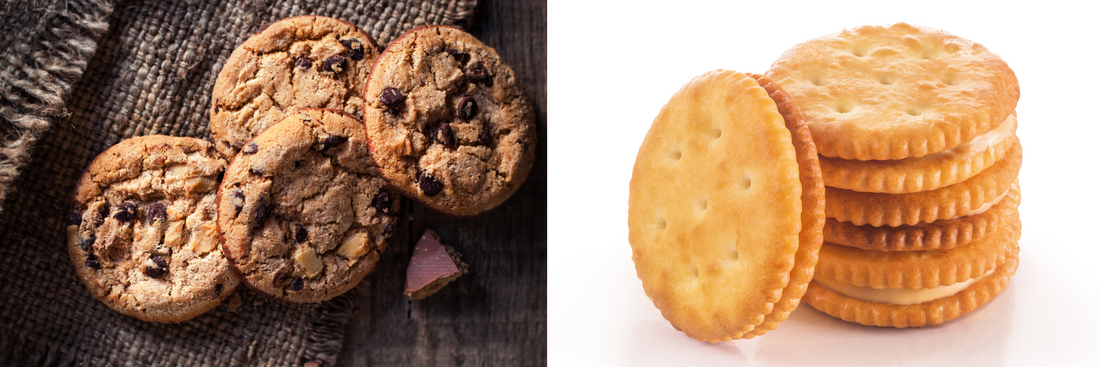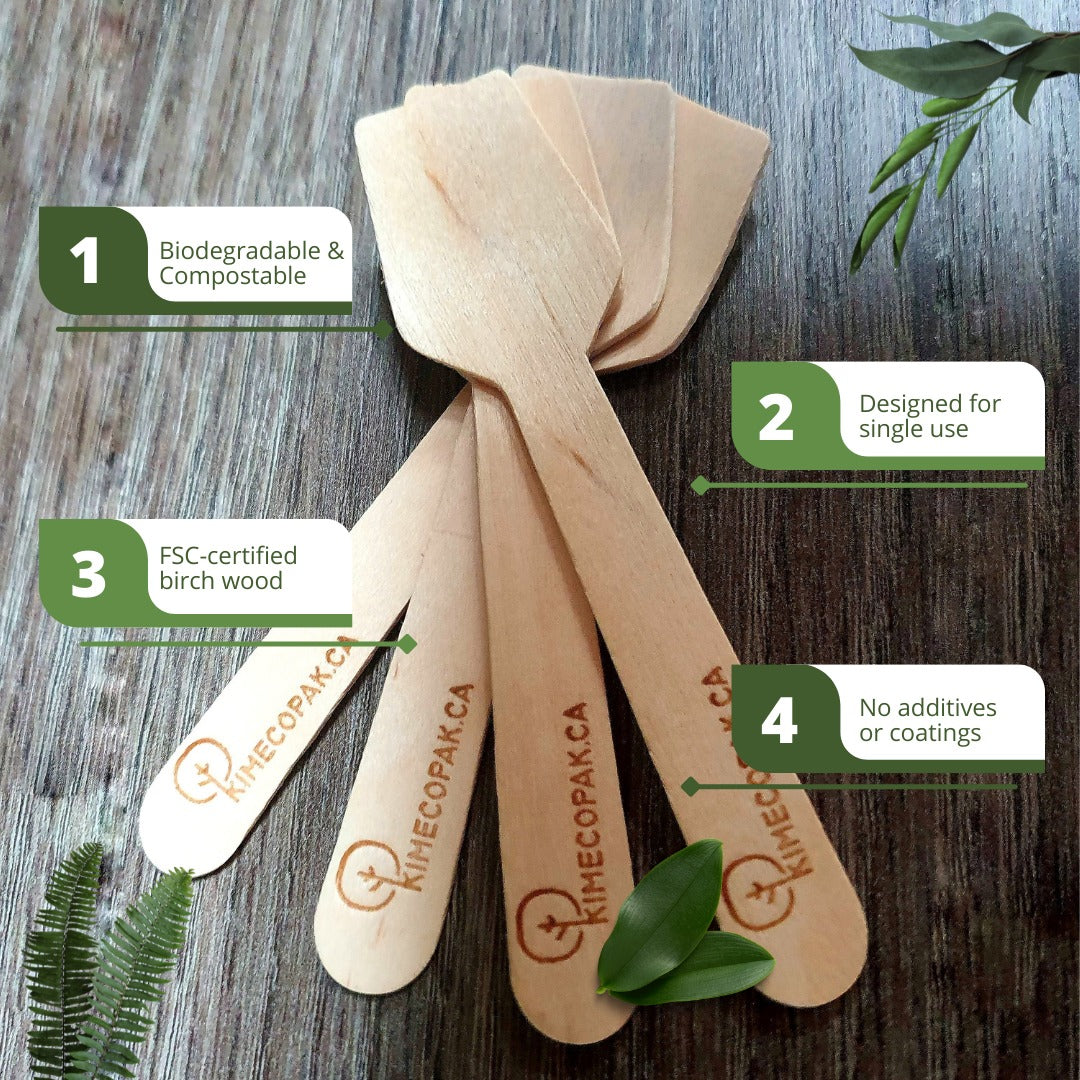When it comes to sweet baked treats, few topics spark as much international confusion as cookie vs biscuit. In North America, a cookie is soft, chewy, and often studded with chocolate chips. Meanwhile, in the UK and Commonwealth countries, the term "biscuit" covers a wide range of crisp, dunkable delights. This article explores the origins, definitions, texture differences, and cultural nuances that distinguish cookies from biscuits. Whether you're a baker, a food lover, or just curious about terminology, understanding the cookie vs biscuit debate sheds light on global food traditions.
Origins & Terminology
The word cookie is derived from the Dutch term koekje, meaning “little cake.” Dutch settlers introduced this term to North America during the 17th century, where it evolved to describe a small, sweet baked treat. In American English, "cookie" now refers to a broad range of sweet, soft, and chewy baked goods, including popular varieties like chocolate chip or oatmeal raisin.
By contrast, the term biscuit originates from the Latin phrase bis coctus, meaning “twice cooked.” This referred to the traditional method of baking a dough twice to remove moisture and create a hard texture suitable for long storage. The term gained popularity in the British Isles and Commonwealth countries, where it evolved to represent crisp, dry baked goods, both sweet and savory.
Regional Differences
In the United States and Canada, the term cookie is used almost exclusively to describe sweet baked items that are typically soft, chewy, or crisp, often containing mix-ins like chocolate chips, nuts, or dried fruit. Meanwhile, biscuit refers to a completely different food: a soft, fluffy, quick-baked bread similar to a scone, commonly eaten with butter or gravy.
In the UK, Australia, New Zealand, and India, biscuit refers to most dry, crisp baked goods, including digestives, shortbread, or cream-filled sandwich types. The word cookie is used more selectively to describe chunkier, chewier varieties—often those inspired by American recipes. For example, a chocolate chip cookie sold in London would likely be labeled a "cookie" due to its soft texture, while a digestive or custard cream would be considered a "biscuit."
Definitions & Characteristics
Cookie Characteristics
-
Texture: Typically soft, chewy, or cakey, depending on ingredients and baking time.
-
Ingredients: Commonly includes flour, sugar, eggs, butter, and baking soda or powder. Popular add-ins include chocolate chips, oatmeal, dried fruits, or nuts.
-
Flavor Profile: Usually sweet, though savory cookies do exist.
-
Serving Style: Often enjoyed as a dessert or snack, eaten individually or served with milk or coffee.
Biscuit Characteristics
-
Texture: Generally firm and crisp, often with a dry or slightly crumbly bite. Many biscuits are designed to "snap" cleanly when broken.
-
Ingredients: Typically made with flour, sugar, fat (such as butter or shortening), and sometimes leavening agents. Eggs are not always used, which contributes to the drier texture.
-
Flavor Profile: Lightly sweetened or occasionally savory (e.g., cheese biscuits or crackers).
-
Serving Style: Commonly served with tea or coffee, especially in British and Commonwealth traditions. Many are designed for dunking, such as Rich Tea or Hobnobs.

Texture & Baking Processes
Cookies are typically made from a softer, more pliable dough that includes higher amounts of moisture-retaining ingredients like eggs, butter, and brown sugar. The dough is often spooned or scooped onto a baking sheet and baked at a moderate temperature for a short time—just long enough to set the edges while keeping the center soft or chewy. The result is a tender or cakey texture, depending on the ratio of fats and sugars used.
Biscuits, particularly in the British and Commonwealth context, are made from a firmer, drier dough with little to no egg and often a higher proportion of flour to fat. This dough is rolled and cut, or extruded into shapes before baking. The baking process is designed to eliminate moisture completely, resulting in a dry, crisp, and often brittle product. This makes biscuits ideal for long shelf life and for dunking in hot beverages without falling apart.
Popular Types & Examples
Classic Cookies (North America):
-
Chocolate Chip Cookies – Soft and chewy with chocolate chunks
-
Oatmeal Raisin Cookies – Hearty, with oats and dried fruit
-
Snickerdoodles – Cinnamon-sugar coated, soft or crisp depending on baking
Chocolate Cookies Calories Explained: Serving Size, Ingredients & Tips
British/Commonwealth Biscuits:
-
Shortbread – Buttery and crumbly, traditionally made with just flour, butter, and sugar
-
Digestive Biscuits – Semi-sweet, wholemeal-based, often eaten with tea or used as cheesecake bases
-
Rich Tea Biscuits – Very mild and crisp, popular for dunking
-
Custard Creams – Sandwich biscuits with a sweet creamy filling
-
Anzac Biscuits (Australia/New Zealand) – Made with oats, coconut, and golden syrup, historically durable and long-lasting
Nutritional Comparisons
Cookies are often higher in calories, fat, and sugar due to ingredients like butter, eggs, and sweeteners such as brown sugar or chocolate. A single chocolate chip cookie can contain 150 to 250 calories depending on size and ingredients. Rich add-ins like nuts, icing, or filling can further increase the calorie count.
Biscuits, on the other hand, are usually lower in fat and sugar per serving, especially the simpler varieties like Rich Tea or Marie biscuits. However, not all biscuits are healthier by default—some varieties like custard creams or chocolate-coated biscuits can be high in added sugars and saturated fat. Nutritional content ultimately depends on portion size and recipe formulation.

FAQs About Difference Between Cookies And Biscuits
Are cookies and biscuits the same?
No. While similar, cookies are usually soft and chewy, biscuits are typically crisp and dry.
Why do Americans call them cookies and Brits biscuits?
It’s based on language evolution—“cookie” comes from Dutch, while “biscuit” has Latin and British roots.
Is a chocolate chip cookie a biscuit?
In the UK, it's considered a type of soft biscuit, but in the US it's a classic cookie.
What makes a biscuit soggy in tea?
Absorption of hot liquid breaks down starches and softens the texture.
Is shortbread a cookie or biscuit?
In the UK, it’s a biscuit; in North America, it's often called a cookie.
Can biscuits be savory?
Yes. Many biscuits, especially in British cuisine, can be savory like cheese or herb-flavored varieties.
Conclusion
The cookie vs biscuit debate is more than just a matter of vocabulary—it reflects regional baking styles, textures, and culinary traditions. While cookies tend to be soft and rich, biscuits are generally crisp and modestly sweet. Recognizing these distinctions can help you better understand packaging labels, recipes, and international menus. No matter which you prefer, both have earned their place as beloved snacks around the world.








